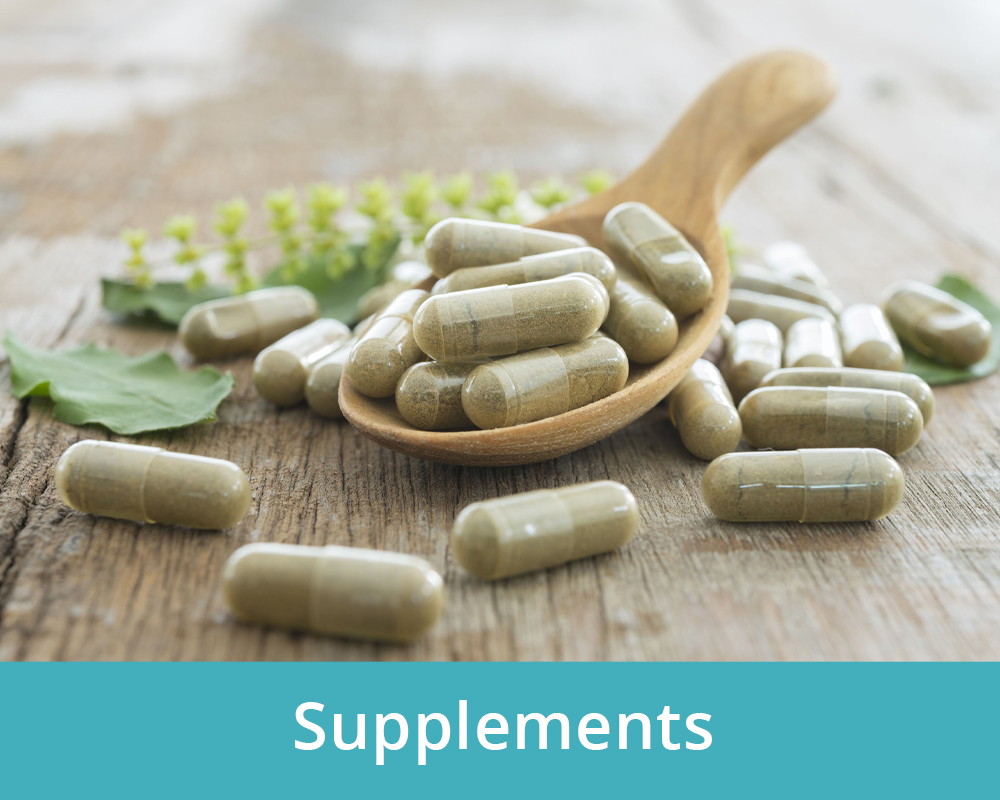In today’s fast-paced digital world, more people than ever are feeling alone. Despite being constantly connected through phones and social media, loneliness is on the rise—and it’s not just an emotional issue. Studies now show that chronic loneliness is a serious public health concern, with impacts as damaging as smoking or obesity.
In 2023, the U.S. Surgeon General issued an advisory calling loneliness and social isolation a public health crisis. Countries like the U.K. and Japan have even appointed Ministers of Loneliness to address the issue at a national level.
That tells us something: loneliness isn’t just a personal problem—it’s a societal one.
So, why are we becoming lonelier? Who is affected the most? And what does this mean for our health and future? Let’s dive into what the science says—and what we can do about it.
What Is Loneliness?
Loneliness is the feeling of being alone or disconnected, even if you’re surrounded by people. It’s different from social isolation, which refers to actually having few social contacts. You can feel lonely in a crowd—or feel content while living alone.
Psychologist John Cacioppo, a pioneer in loneliness research, described it as “the social equivalent of physical pain.” It’s your brain signaling a need for connection, much like hunger signals a need for food.
One landmark study showed that lack of social connection is a greater detriment to health than obesity, smoking and high blood pressure. (2) On the other hand, strong social connection has been shown to:
- lead to a 50% increased chance of longevity
- strengthen your immune system (certain genes impacted by loneliness also code for immune function and inflammation)
- helps you recover from disease faster
Loneliness is on the rise. Despite its clear importance for health and survival, research shows that social connectedness is waning at an alarming rate. A revealing sociological study showed that the number of people that feel close to others and the number of people they are close to (i.e., people with whom one feels comfortable sharing a personal problem) has significantly reduced.
American individuals claimed in 1985 to have 3 people that they felt close to. In 2004, it dropped to 0, with over 25% of Americans saying that they have no one to confide in. This survey suggests that 1 in 4 people have no one they call a close friend. (3) Another study found that 61% of those surveyed experienced loneliness. Since 2018, there has been a nearly 13% rise in loneliness, when the survey was first conducted.
Why Are We Becoming More Lonely?
There are several reasons why loneliness is increasing around the world:
- Technology and Social Media
While social platforms connect us virtually, they often reduce real-world interactions. A 2017 study from the University of Pittsburgh found that heavy social media users were more than twice as likely to feel socially isolated compared to those with limited use.
- Urbanization and Individualism
Many people live in cities where community ties are weaker. There’s also been a cultural shift toward independence and individual success, sometimes at the expense of relationships.
- Remote Work and Lifestyle Changes
The COVID-19 pandemic forced a massive shift to remote work and online communication. For many, those changes never fully reversed, leading to fewer in-person connections.
- Changing Family Structures
People are getting married later, having fewer children, and living alone more often. In countries like the U.S., nearly one in three people over 65 live alone, according to the U.S. Census Bureau.
Who Is Affected Most by Loneliness?
While anyone can feel lonely, some groups are especially vulnerable:
- Older Adults
Social circles shrink with age due to retirement, death of spouses or friends, and health limitations. A 2020 report from the National Academies of Sciences, Engineering, and Medicine found that over one-third of adults aged 45+ report feeling lonely.
- Young Adults
Surprisingly, Gen Z and Millennials report high levels of loneliness too. A 2021 Cigna survey found that people aged 18–24 were the loneliest age group in the U.S. Factors include social media pressures, transitions like moving for college or work, and economic uncertainty.
- People with Chronic Illness or Disabilities
Chronic health issues can limit social opportunities. The CDC notes that people with disabilities are more than twice as likely to report feeling isolated.
- Caregivers and Single Parents
Those caring for others may neglect their own social needs. Single parents, especially mothers, often report feeling emotionally isolated.
- Minority and Marginalized Groups
People from racial, ethnic, or LGBTQ+ minorities may face exclusion or discrimination, increasing their risk for social isolation and loneliness.
The Health Effects of Loneliness
Loneliness isn’t just uncomfortable—it’s dangerous and here is why..
- Mental Health
Loneliness is strongly linked with depression, anxiety, and even suicidal thoughts. According to the CDC, feelings of loneliness are a major risk factor for poor mental well-being.
- Cognitive Decline and Dementia
A study published in The Journals of Gerontology (2018) found that chronic loneliness increases the risk of dementia by up to 40%. Social engagement helps keep the brain active.
- Heart Disease and Stroke
According to the American Heart Association (2023), social isolation and loneliness are associated with a 30% increased risk of heart disease and stroke.
- Weakened Immune System
Lonely individuals have higher levels of stress hormones like cortisol, which can weaken the immune system. A UCLA study found that loneliness alters gene expression in immune cells, making the body more prone to inflammation.
- Early Death
One of the most cited studies on this topic, published in Perspectives on Psychological Science (2015), found that loneliness increases the risk of premature death by 26%. That’s about the same risk as smoking 15 cigarettes a day.
What Can We Do About Loneliness?
The good news: loneliness is preventable—and reversible.
- Build Real-Life Connections
- Make time for face-to-face interactions, even brief ones.
- Join clubs, volunteer groups, or attend community events.
- Reconnect with old friends or relatives.
- Strengthen Existing Relationships
- Prioritize meaningful conversations.
- Practice active listening.
- Schedule regular check-ins with close friends or family.
- Use Technology Wisely
- Don’t replace real interactions with digital ones.
- Use social media to facilitate in-person meetups, not as a substitute.
- Seek Professional Help
- Therapists and counselors can help manage feelings of loneliness and build social skills.
- Cognitive-behavioral therapy (CBT) has been shown to reduce loneliness effectively.
- Community and Policy Solutions
- Public health agencies can create programs to encourage social connection.
- Cities can design public spaces that promote interaction.
- Schools and workplaces can offer mental health support and team-building activities.
Ways to Connect with People
- Find common ground.
Just be on the lookout for things that the person says during the course of a casual conversation to see if it can lead to some common ground, such as a favorite sports team, band, or even the fact that you and the person both have five siblings. The key here is to really listen to people and to see if you can spot something that can help you bond.
- Give people sincere compliments.
This means that you should find something about them that is truly admirable and make them feel good about themselves in a sincere way, Just giving one good compliment per conversation will do just fine.
- Follow up about something the person mentioned before.
This is a great trick for connecting with people you already know and care about. If the last time you hung out with your friend, she was talking about a big job interview coming up or about a new guy she was really excited about, then you better make sure to follow up about it when you see her next.
- Make other people comfortable.
Just take down your guard, be friendly, compliment them, and make them feel at ease in your presence. Don’t be judgmental about what they say, give them confused looks, or generally act like there’s something wrong with the person.
- Open up.
Some people aren’t able to connect with others because they are too guarded or too afraid to really be vulnerable with other people. You don’t want people to think that you’re too closed off or too private; though you don’t have to let them know every little thing about yourself, as you get to know people, you should work on revealing some personal information so they feel that you’re more human and that they can really connect with you.
6. Thank people.
This makes them feel appreciated, like you’re paying attention, and like you’re aware that they’re adding value to your life. Make sure people feel appreciated and be honest and open about how much they mean to you. Even if you’re just thanking a coworker for giving you a helpful piece of advice or thanking your neighbor for looking after your cat.
- Make an effort to continue your relationships.
Many people aren’t able to truly connect with people because they don’t follow up and continue their relationships with them, even if they do truly like the person. This is either because of laziness, shyness, or because people feel like they’re too busy.
- Be present.
If you really want to connect with people, then you have to work on being present in the conversation. If you’re already thinking about what you’re going to have for dinner or whom you’re going to talk to next, then the person you’re talking to will know. Work on making eye contact, really listening to what the person is saying, avoiding your phone or people walking by, and making the person see that you’re only focused on being in the moment.
9. Smile and make eye contact.
If you want to connect with someone immediately, then smiling and making eye contact, which go hand in hand, are absolutely key as you introduce yourself and start the conversation. Research has proven than smiling is actually contagious, and your smile will make the person more likely to smile and to be open to you. Sustained eye contact can make the person feel like you really care about what he or she has to say and can make him or her much more likely to like you.
10. Use the person’s name.
Using a person’s name can make that person feel important—or at least important enough for you to remember his or her name. Just saying something like, “It was great to meet you, Amy,” at the end of the conversation can really make the person feel much more connected to you.
- Have open body language.
Your body language can help you look more approachable and more open, which will instantly make people like you more. If you want a new person to connect with you immediately, then you should turn your body toward that person, stand tall, avoid fidgeting or crossing your arms over your face, and direct your energy toward that person without coming on too strong.
- Don’t underestimate the value of good small talk.
You may think that small talk is meaningless and only meant for people who want to make superficial connections, but making good small talk will actually allow you to make real connections and build toward deeper relationships with people. When you start connecting with people you first ease into talking about lighthearted subjects and getting to know people little by little.
- Ask questions.
Another way to get a person to like you right away is to focus on being interested instead of interesting. Don’t ask taboo or personal questions – this may offend the person. Though you can try to impress the person by being utterly fascinating or entertaining, it’s much easier to show a genuine interest in the person and to show that you actually care about who the person is and what he has to offer to the world. You don’t need to make it seem like an interrogation, just a few simple well-timed questions can make the person much more likely to connect with you.
14. Keep things positive.
People like to feel happy and upbeat more than they like to feel sad or upset; it’s only logical that people are much more likely to connect with you and to want to spend more time around you if you keep things positive and work on talking about the things that excite you and make you happy. Though everyone likes to complain, you should focus on being positive and only complaining a bit when you know the person, and if you really need to.
- Find a way to help the person out.
You may have to think outside the box a bit and to find something you can do that doesn’t directly have to do with your career, you can offer to babysit their child or animal if they need a break or go on vacation.
From this list think of the strategies that you already apply in your day to day interactions, and also strategies that you haven’t used and give it a try.
Final Thoughts
Loneliness may be invisible, but its effects are real and wide-reaching. From mental health to heart disease, it’s clear that human connection is as essential as food or water.
Whether you’re feeling lonely yourself or know someone who might be, small steps can make a big difference. Prioritize relationships, reach out to others, and don’t be afraid to seek support.
Because when we connect with others, we don’t just feel better—we live longer, too.
References
- Holt-Lunstad J, et al. (2015). Loneliness and social isolation as risk factors for mortality: A meta-analytic review. Perspectives on Psychological Science.
- Cigna (2021). U.S. Loneliness Index.
- CDC (2023). Loneliness and Social Isolation Linked to Serious Health Conditions.
- American Heart Association (2023). Scientific statement on social isolation and cardiovascular health.
- University of Pittsburgh (2017). Social media use and perceived social isolation.
- National Academies of Sciences (2020). Social Isolation and Loneliness in Older Adults.
- UCLA (2015). Loneliness and gene expression.
- The Journals of Gerontology (2018). Loneliness and risk of Alzheimer’s Disease.
















